The terms antipasto and charcuterie are often both used to refer to a set of food laid out on a board served before a meal – but what exactly are the similarities and differences of antipasto vs charcuterie? While they are generally very similar their are subtle differences in their history, the types of food served and how they are perceived in our modern culinary world.
Antipasto is an Italian course served before the main course of a meal. While there are regional differences, this course usually contains bite-sized Italian food: cheese, tomatoes, pickled foods, food soaked in vinegar, olives, and meats and bruschetta. Charcuterie refers traditionally to cured meats and food served in the French tradition on a board. The real difference of antipasto vs charcuterie is the modern evolution of the terms. Today the charcuterie board has become a much more creative, flexible and varied dish, while antipasto continues to have a more traditional meaning.
Below you can find descriptions of antipasto and charcuterie and a more detailed comparison of antipasto vs charcuterie.
You might also like – What is Boucherie Charcuterie.
Antipasto
Antipasto (or the plural Antipasti) is typically the first course of an Italian meal. The word translates directly to ‘before the meal.’ This course is usually served as a number of small, bite-sized portions of food on a platter. In this way it is similar to the traditional charcuterie board and is meant as the to whet the appetite before the main meal. A typical antipasto course has basic, fresh and delicious ingredients, including mozzarella cheese, mushrooms, pepperoncini and other cured meats, artichokes and of course olives. Food are served either fresh, or pickled or soaks in oil.
Antipasto has a similar history to the charcuterie board. The earliest references were made during the medieval times although the different components were likely being eaten in Italy well before medieval times. There is some evidence that around 100 BCE in Rome meals began getting broken into different courses which would serve as the precursor to the eventual antipasto course. The word first entered the English language as Antipast in the late 1500s. and by the early 1900s was fully established at Antipasto.
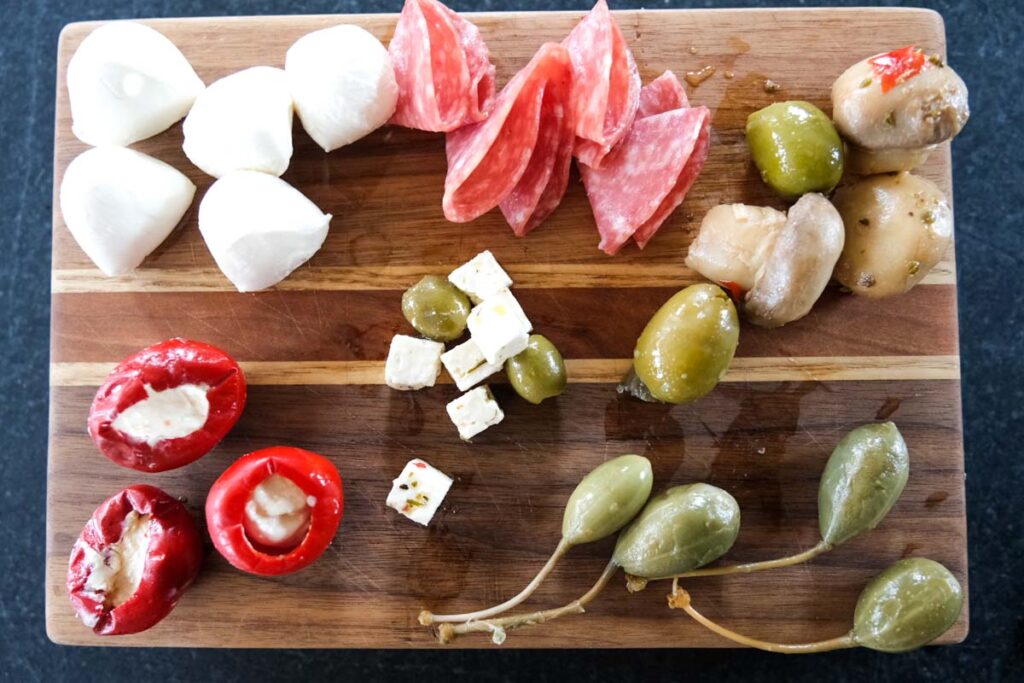
The dish fits the Italian culture of lingering over meals and eating slowly. Antipasto is typically served with a cocktail or drink.
As an Italian course, Antipasto often has regional influences and you will find seafood on the menu near the lakes or the coastline, while in the northern regions often have mushrooms and cured meats on the antipasto menu and have a German influence. You will also find bruschetta on menus in the south. Some of the common antipasto menu items you might see are:
- antipasto di carne: antipasto with meat
- antipasto con gamberi: antipasto with shrimp
- antipasto pesce: fish antipasto
- antipasto toscano: Tuscan antipasto
- antipasto misto: a vegetable heavy antipasto
- antipasto vegetariano: vegetarian antipasto
While antipasto is the closest to the charcuterie board, you will also find similar first dishes in countries around the world. You can find equivalent or similar courses refered to as:
- France – hors d’oeuvre
- Russia – Zakuska
- Spain – tapas
- English/American – appetizers or starters
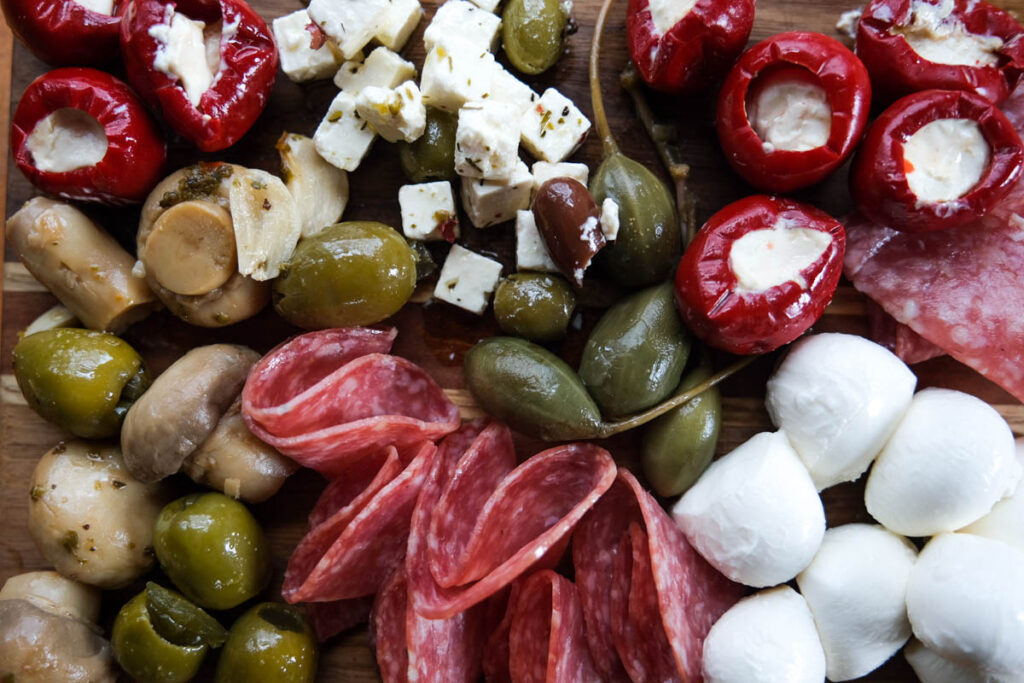
Charcuterie
In many ways charcuterie – or the traditional charcuterie board had a parrel history, only instead of traditional Italian foods, the charcuterie board evolved in France and was originally based around cured meats, or charcuterie.
The word charcuterie is first hear around the 15th century. The process of curing meat to use the entire animal prior to refrigeration lead to salted, dried, and smoked meat products. Shops that served these meats were called ‘charcuterie.’
Later as the cheese course gained popularity in France, the basic form of the charcuterie board emerged.
Todays charcuterie boards have spring-boarded from this tradition. A modern charcuterie board generally includes bite sized foods that are laid out creatively on a board or platter. You will likely find cheese, crackers, fruits, vegetables and more. While the term charcuterie still strictly means cured meat, in the last few decades, charcuterie boards have taken a creative twist and can now be used to serve almost anything – you can find charcuterie boards with candy, dairy free charcuterie boards, or even taco charcuterie boards.
The charcuterie board has also increased in popularity outside France and around the world. From dinner parties and weddings to restaurant menus and catering, a charcuterie has become a staple of entertaining. The modern charcuterie board is creative and like the antipasto course, encourages people to linger over their food.
Learn more about the history of the Charcuterie Board.
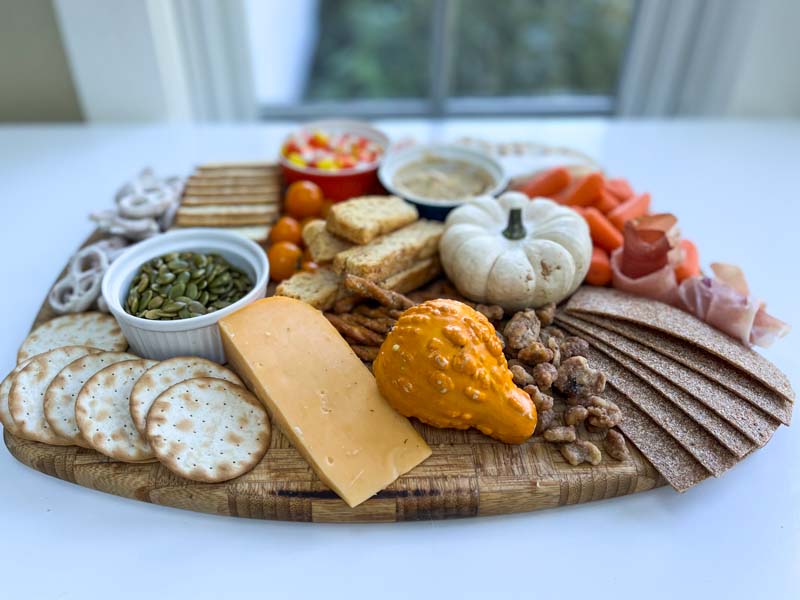
Antipasto vs Charcuterie
In general, antipasto and charcuterie are very similar. Both are traditionally served prior to a meal and evolved in Italy and France respectively. While there is an overlap in the types of foods served such as meats, cheese, and preserved vegetables, antipasto is more strictly Italian with Italian foods. A traditional charcuterie board is based around cured meats and cheese.
The major difference between antipasto vs charcuterie is in the modern understanding of the words and how they have evolved in just the last few decades. While antipasto remains firmly Italian even when served in other parts of the world, charcuterie boards have a much broader meaning. Today charcuterie boards are served around the world and you can have foods that are internationally influenced. Even though charcuterie boards are French in origin, today’s charcuterie boards can have any type of food imaginable – they also tend to have a wider variety of food on each board.
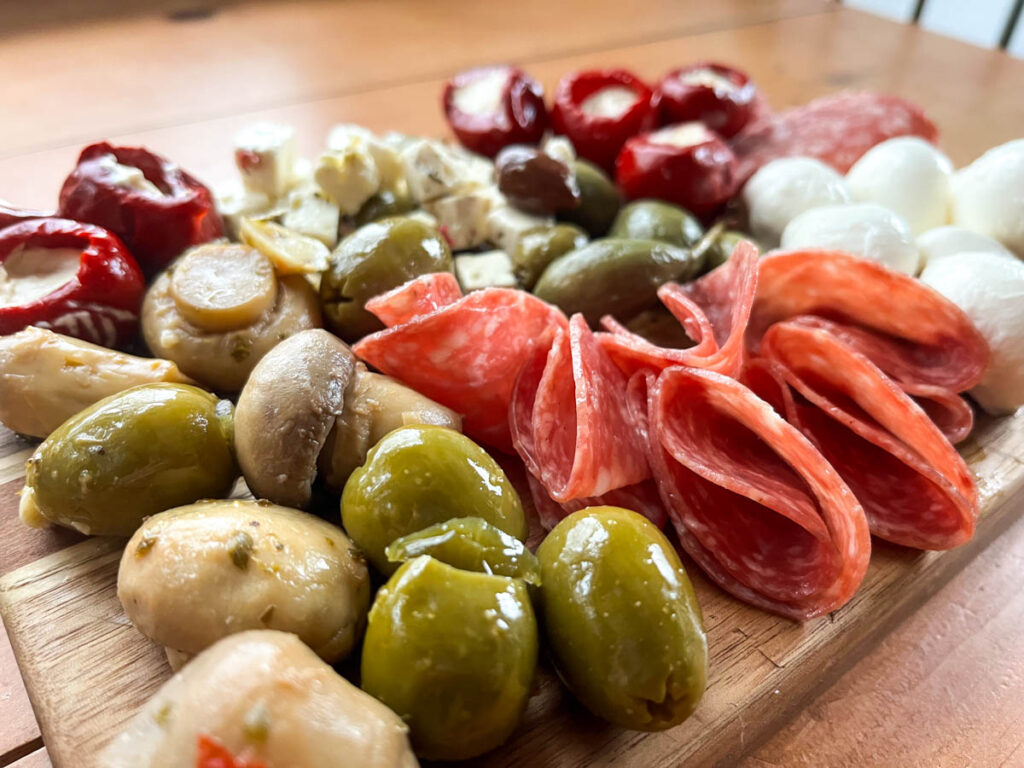
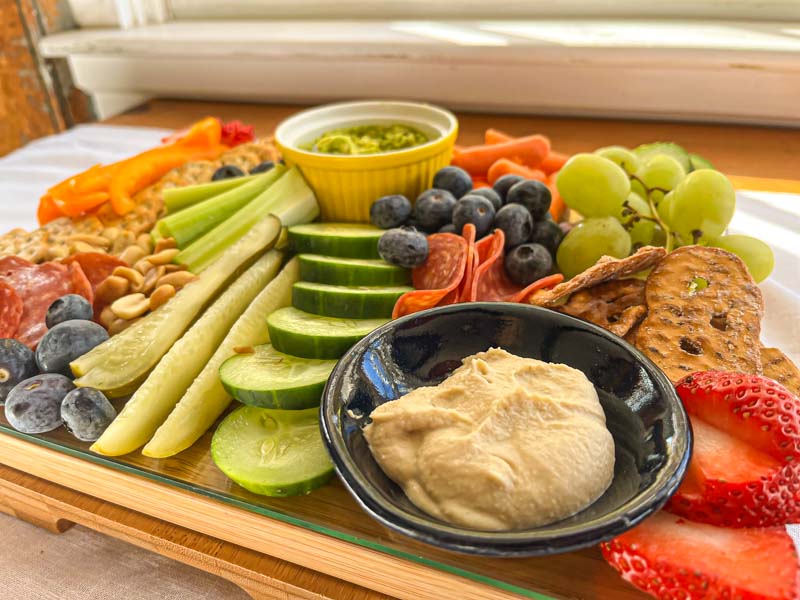
For more ideas on charcuterie boards follow along with us on Instagram.
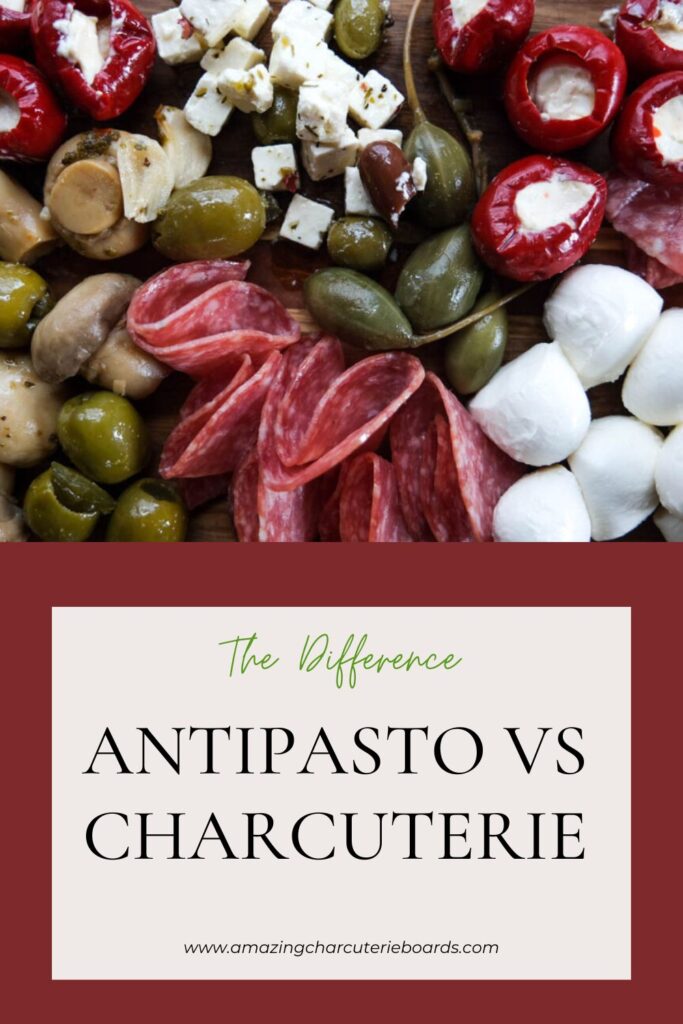
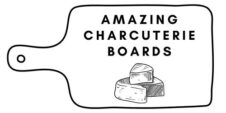

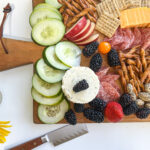

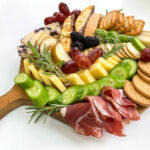


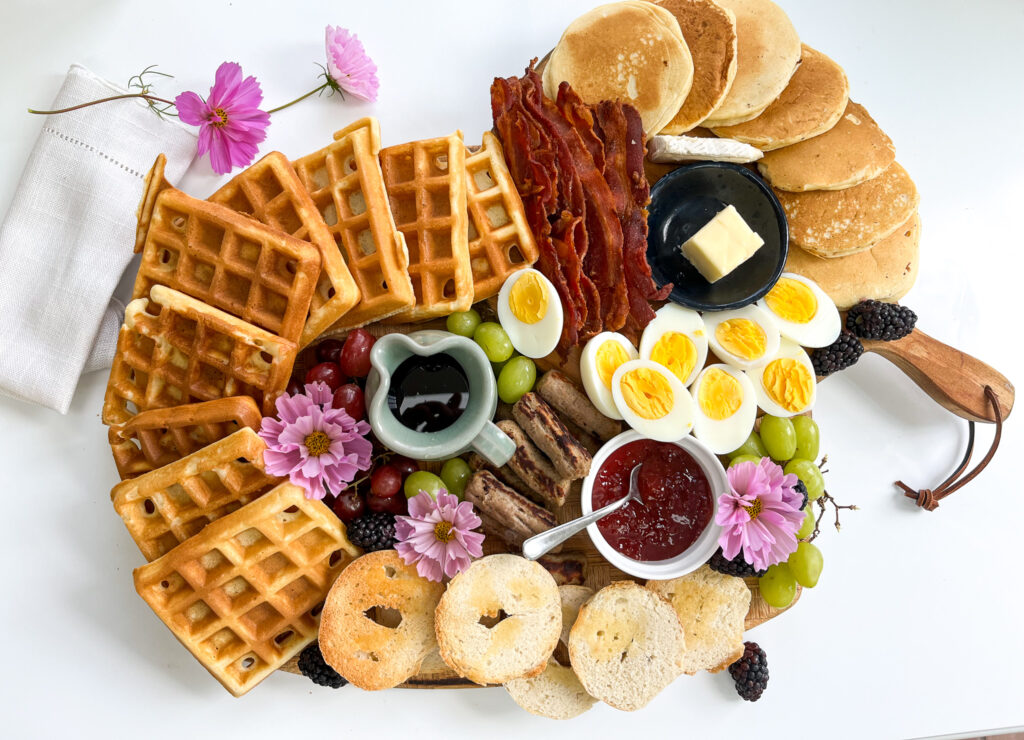
Pingback: A Complete Charcuterie Board History: Everything to Know - Amazing Charcuterie Boards